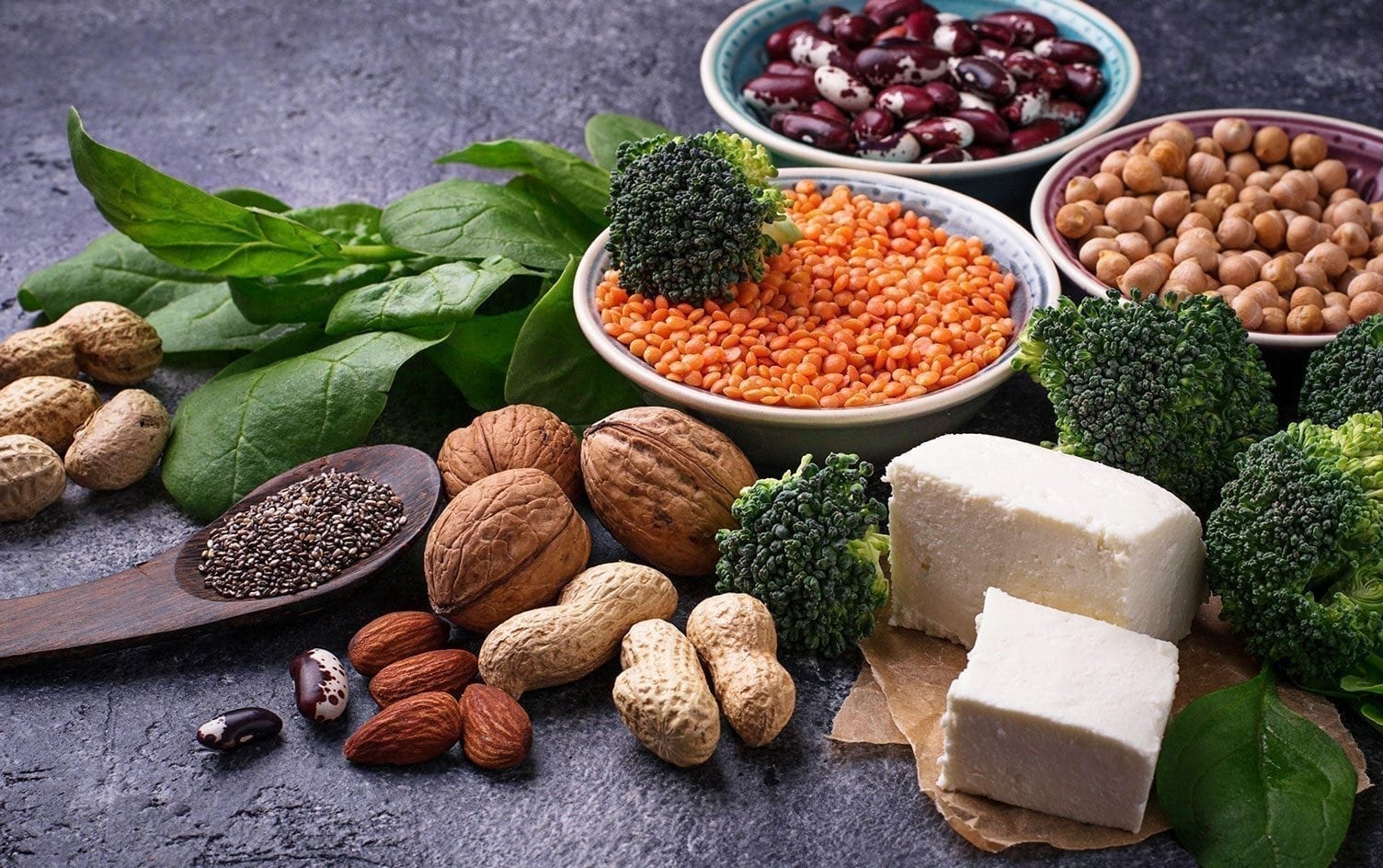When the term “protein” comes to mind, you might immediately associate it with meat, which are indeed common sources of this essential macronutrient.
However, it is important to note that meat isn’t the sole source of protein. In fact, it is entirely feasible to fulfill your daily protein requirements without consuming poultry, beef, or pork. With careful planning, individuals can obtain sufficient protein exclusively from plant-based sources.
An increasing variety of plant-based protein options are now available for those looking to reduce their reliance on animal-derived foods. Ingredients such as soy, pulses, nuts, spirulina, and others can be used to create flavorful, protein-rich meals.
Some individuals may adopt a vegan diet for reasons related to health, animal welfare, or religious beliefs. In 2016, the Academy of Nutrition and Dietetics affirmed that a vegetarian or vegan diet can adequately meet the nutritional needs of adults, children, and individuals who are pregnant or breastfeeding.
Nevertheless, achieving optimal protein intake and ensuring sufficient intake of essential vitamins and minerals may pose challenges for individuals who abstain from meat and animal products. It is crucial for such individuals to plan their meals carefully to ensure they receive adequate amounts of protein, calcium, iron, and vitamin B-12, which are commonly obtained from animal-derived foods in omnivorous diets.
Sources of Plant-based Protein
1.Tofu, Tempeh, and Edamame
Soy-based products like tofu, tempeh, and edamame are excellent sources of protein in a plant-based diet. Their protein content varies depending on how they’re prepared: firm tofu provides around 10 g per ½ cup, edamame offers about 8.5 g per ½ cup, and tempeh delivers roughly 15 g per ½ cup.
Tofu, in particular, is known for its versatility in absorbing flavors, making it a flexible addition to various dishes. Tofu can be used as a meat alternative in sandwiches, soups, and popular dishes like kung pao chicken or sweet and sour chicken. These soy products also provide beneficial levels of calcium and iron, serving as nutritious substitutes for dairy.
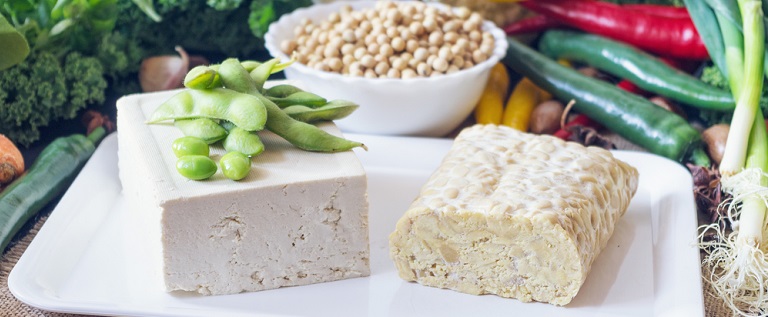
2. Lentils
Lentils, whether red or green, are another protein powerhouse, offering about 8.84 g of protein per ½ cup, along with fiber and essential nutrients like iron and potassium. They’re easily incorporated into meals like stews, curries, salads, or rice dishes.

3. Mycoprotein
Mycoprotein is derived from fungi, offers around 13 g of protein per ½ cup serving. Often marketed as a meat substitute, mycoprotein products like “chicken” nuggets or cutlets should be checked for egg white content, as some may contain it. Individuals with allergies, particularly to the fungus Fusarium venenatum found in brands like Quorn, should be cautious and explore alternative protein sources if necessary.

4. Peanuts
Peanuts and peanut butter are also noteworthy sources of protein and healthy fats. Peanuts contain around 20.5 g of protein per ½ cup, while peanut butter provides 3.6g per tablespoon. Peanut butter sandwiches make for a satisfying and complete protein snack option.
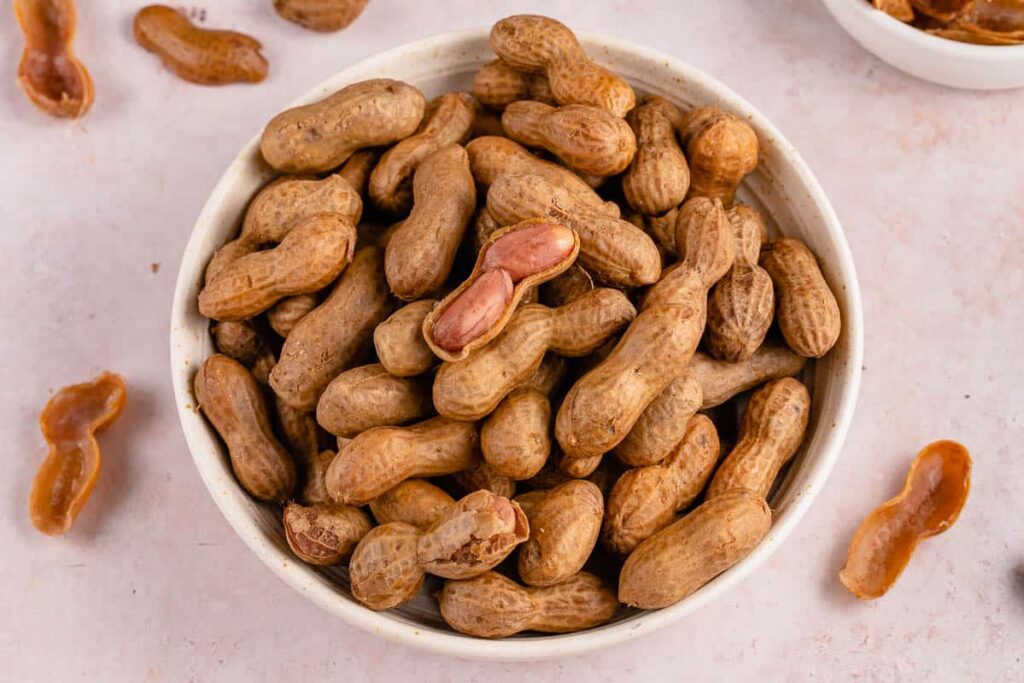
5. Chia Seeds
Chia seeds, along with hemp seeds, are complete protein sources that can be used creatively in smoothies, yogurts, and puddings. Beyond protein, these seeds are low-calorie and rich in fiber and Omega-3 fatty acids. Chia seeds provide 2 g of protein per tablespoon and can be easily incorporated into various dishes such as smoothies, plant-based yogurts, or soaked in water or almond milk to make a pudding. They are readily available in supermarkets, health food stores, and online.

6. Hemp seeds
Hemp seeds, like chia seeds, are considered complete proteins, providing 5 g of protein per tablespoon. They can be used interchangeably with chia seeds and are readily available for purchase online.
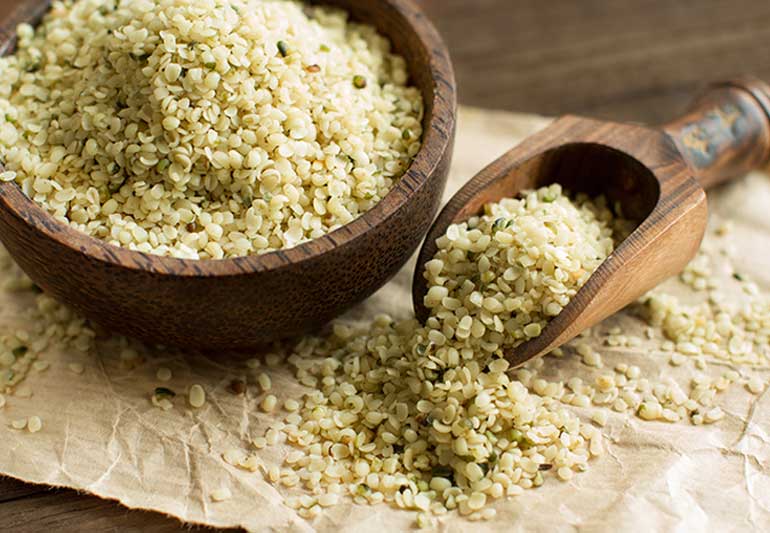
7. Almonds
Almonds provide a substantial 16.5 g of protein per ½ cup serving. Additionally, they offer a notable amount of vitamin E, which contributes to skin and eye health.

8. Spirulina
Spirulina is a type of blue or green algae, delivers around 8 g of protein per 2 tablespoons. It is also packed with essential nutrients like iron, B vitamins (except B-12), and manganese. Spirulina can be easily incorporated into one’s diet by mixing it with water, smoothies, or fruit juice, or by sprinkling it over salads or snacks to boost protein intake.

9. Quinoa
Quinoa is a high-protein grain and a complete protein source, contains 8 g of protein per cooked cup. Beyond protein, quinoa is rich in magnesium, iron, fiber, and manganese, offering a versatile ingredient that can replace pasta in soups and stews, be added to salads, or served as a main dish.

10. Seitan
Seitan, a complete protein derived from mixing wheat gluten with spices, serves as a meat substitute rich in protein. However, individuals with celiac disease or gluten sensitivity should avoid it due to its high wheat content. For others, seitan can be a nutritious and protein-rich addition to their diet.

11. Chickpeas
Chickpeas, with approximately 7.25 g of protein per ½ cup when cooked, are versatile legumes that can be enjoyed hot or cold. They lend themselves well to various dishes such as stews, curries, or roasted with spices like paprika. Hummus, made from chickpea paste, serves as a nutritious, protein-rich spread for sandwiches instead of butter.
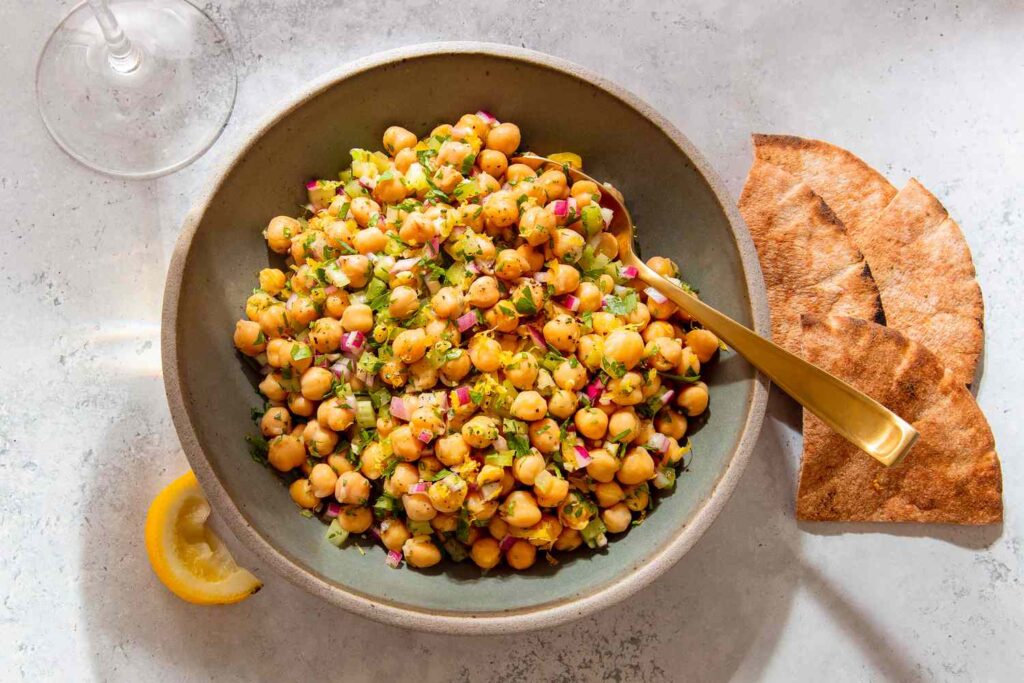
12. Beans with rice
Combining rice and beans, although individually incomplete protein sources, creates a classic dish that offers 7 g of protein per cup when consumed together. This combination can be enjoyed as a side dish.
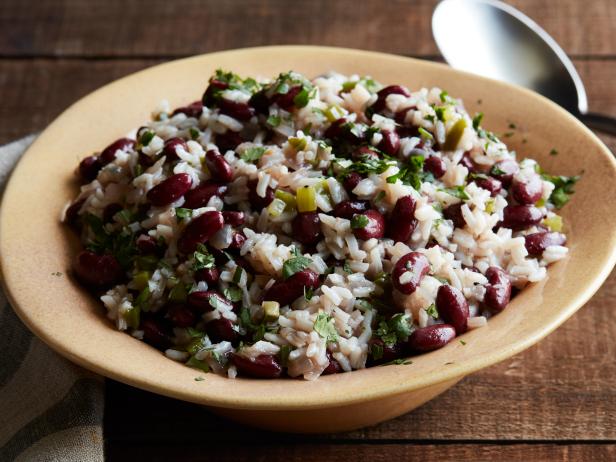
13. Potatoes
A large baked potato yields 8 g of protein per serving and is rich in other nutrients such as potassium and vitamin C. Adding 2 tablespoons of hummus not only enhances flavor but also boosts protein content, with each serving of hummus containing around 3 g of protein.
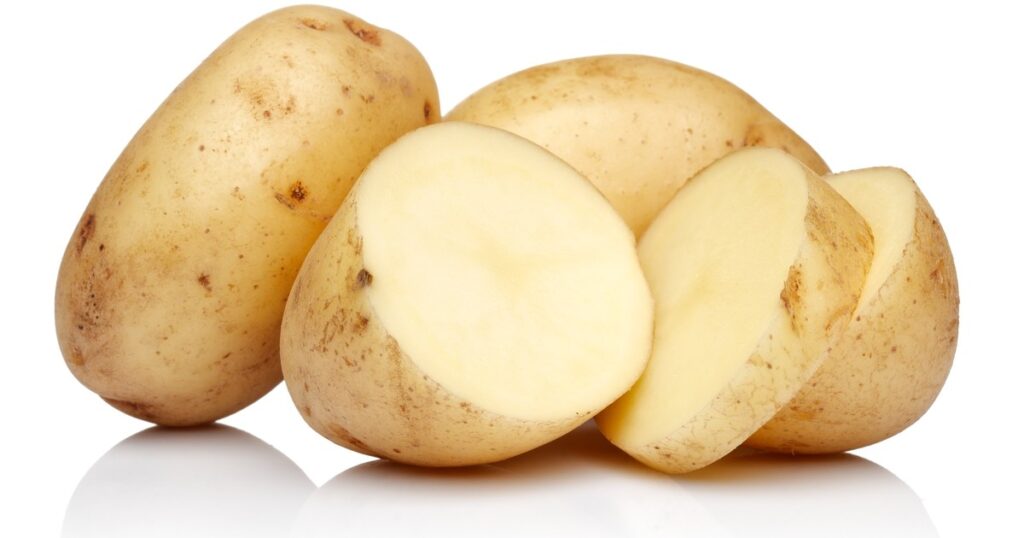
14. Protein-rich Vegetables
Certain vegetables, particularly dark-colored leafy greens, contribute to protein intake, although not in sufficient amounts to meet daily requirements on their own. For example, a single medium stalk of broccoli contains approximately 4 g of protein, while kale offers 2 g per cup, and five medium mushrooms provide 3 g of protein. Combining these vegetables with other protein-rich foods, like quinoa sprinkled on top of a salad, can create a well-rounded, protein-rich meal.
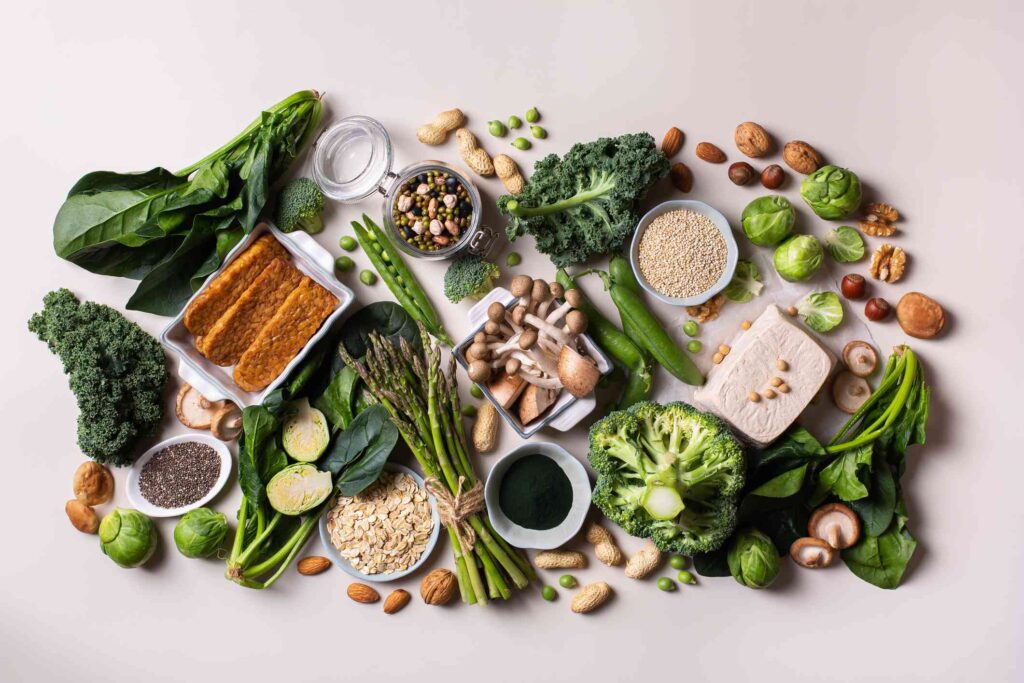
Black beans provide a solid 7.5 g of protein per ½ cup serving, making them a versatile option among the wide array of beans available, including navy beans, cranberry beans, and kidney beans. These legumes are recognized as nutritional powerhouses, offering not only protein but also fiber, folate, magnesium, and iron, according to USDA data.
To incorporate black beans into your diet, consider adding them to salads, stir-fries, soups, and stews. When selecting canned beans from the grocery store, opt for low-sodium or no-sodium-added varieties to manage salt intake effectively.
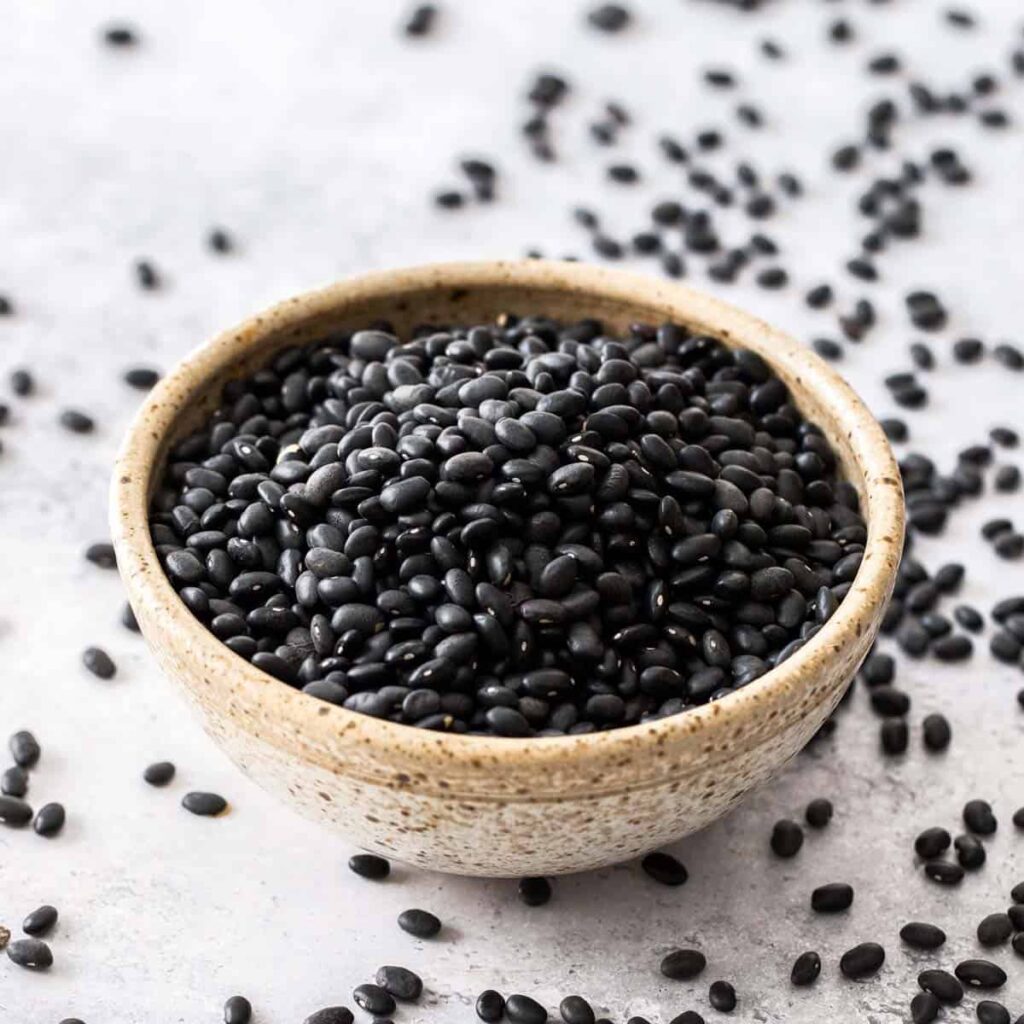
16. Nutritional Yeast
Nutritional yeast is a favorite among many vegans for its cheese-like umami flavor, but it holds appeal for non-vegans as well due to its nutritional profile. Packed with B vitamins, the antioxidant glutathione, and protein, nutritional yeast provides 8 g of protein per ¼ cup serving. Moreover, it is gluten-free, sugar-free, and devoid of dairy and artificial flavors or ingredients.
To enjoy nutritional yeast, consider adding it into soups and sauces, sprinkling it on popcorn or avocado toast, or blending it with soaked cashews to create a homemade vegan cheese for pasta or vegetable dishes.
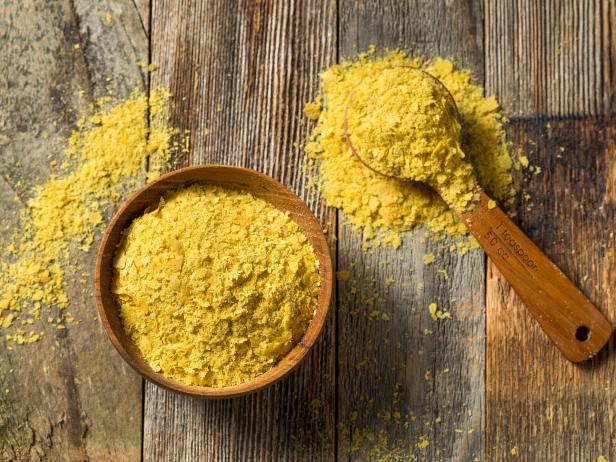
Plant vs. Animal Protein
The Academy of Nutrition and Dietetics suggests a minimum daily protein intake of 0.8 grams (g) per kilogram of body weight, equating to about 60 g for an individual weighing 165 pounds. However, individuals aiming to increase muscle mass, expectant or lactating mothers, and older adults may require higher protein intake.
Animal-derived foods like meat, eggs, and dairy naturally contain abundant protein, an essential nutrient composed of amino acids. This inherent protein content in animal products facilitates meeting daily protein requirements more effortlessly for those who consume them.
While the human body can produce 11 amino acids, it must obtain the remaining nine from dietary sources. Animal products are considered complete proteins as they provide all essential amino acids. Some plant-based sources, such as soybeans and quinoa, also qualify as complete proteins, whereas others are incomplete proteins.
For individuals adhering to vegan or vegetarian diets, it’s essential to consume a diverse array of plant-based foods to ensure intake of a wide range of amino acids. This includes adding high-protein plant foods like tofu, tempeh, lentils, nuts, seeds, and quinoa into their diet.
Health Benefits of Swapping Animal Protein for Plant Protein
Animal protein is valued for being a complete source, supplying the nine essential amino acids that our bodies cannot synthesize. However, numerous plant-based sources also meet this criterion. Embracing plant proteins offers several advantages:
1. Heart Health Improvement
In comparison to red meat, plant alternatives offer notable advantages for heart health. Some research has associated red meat consumption with heightened risks of heart disease and type 2 diabetes, partly due to its saturated fat content.
A study published in the American Journal of Clinical Nutrition in 2019 found that among diets featuring red meat, white meat, and plants, plant-based diets had the most positive impact on LDL or “bad” cholesterol levels. Furthermore, a review of 15 randomized controlled trials, involving 856 participants and published in Nutrients on 2020, revealed that omnivorous dieters tended to have higher blood pressure levels than vegetarians. Lower blood pressure can contribute to a healthier heart and a reduced risk of heart disease, according to the Centers for Disease Control and Prevention (CDC).
2. Weight Loss
Various studies, including a review of 19 randomized controlled trials published in Diabetes, Metabolic Syndrome and Obesity: Targets and Therapy on 2020, have shown that plant-based diets, such as low-fat vegan or less restrictive omnivore diets, can lead to weight loss among individuals who are overweight or suffer from type 2 diabetes or cardiovascular disease.
3. Longevity
Research suggests that reducing consumption of processed and unprocessed red meat and poultry, while favoring healthier protein sources such as fish, poultry without skin, and plant-based foods, may extend life expectancy. A cohort study published in JAMA Internal Medicine on 2020, involving nearly 30,000 adults in the United States, found associations between red meat and poultry consumption and a higher incidence of heart disease. Additionally, the National Institutes of Health recommend limiting red meat intake as it may shorten lifespan.
On the contrary, incorporating more plant-based foods like whole grains, fruits, vegetables, legumes, and nuts while reducing consumption of refined grains, red and processed meats, and sugary drinks, could potentially lengthen lifespan by several years, as per a study published in PLOS Medicine on 2022. However, researchers noted the need for more data on the effects of white meat, eggs, oils, and other lifestyle changes that may influence longevity.
4. Environmental Preservation
Researches has highlighted that adopting plant-based diets, such as vegan or vegetarian diets that primarily derive protein from plants rather than meat, correlates with reduced greenhouse gas emissions, thus benefiting the environment.
